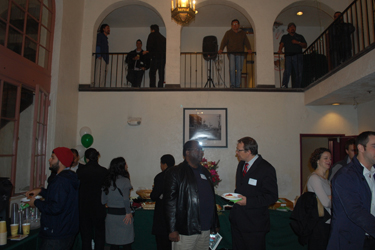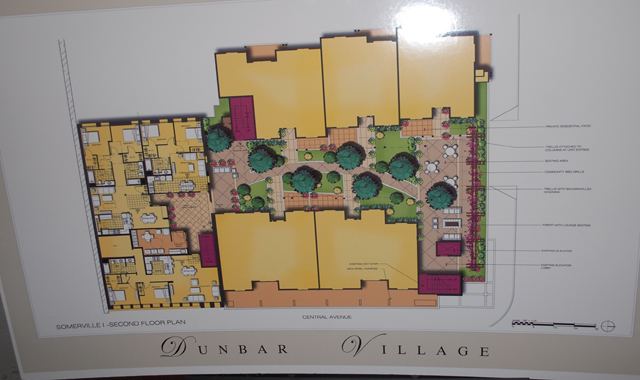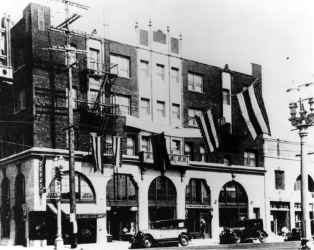
Dunbar Hotel in 1928 | DWP
The Dunbar Hotel was not just any hotel, as suggested by the title of the Robey Theatre Company’s extended production “The Magnificent Dunbar Hotel” — it was a cultural hub where Black writers, singers and actors gathered in Los Angeles during the 1930s and 1940s.
The play written by Levy Lee Simon and directed by Ben Guillory introduces the audience to this world of luxury on Central Avenue that harbored Black leaders and performers from the Jim Crow laws that prohibited them from staying elsewhere.
“Informative and engaging, this underappreciated chapter of our local history is portrayed with panache and grace,” Philip Brandes said in his L.A. Times review. [Read more…]









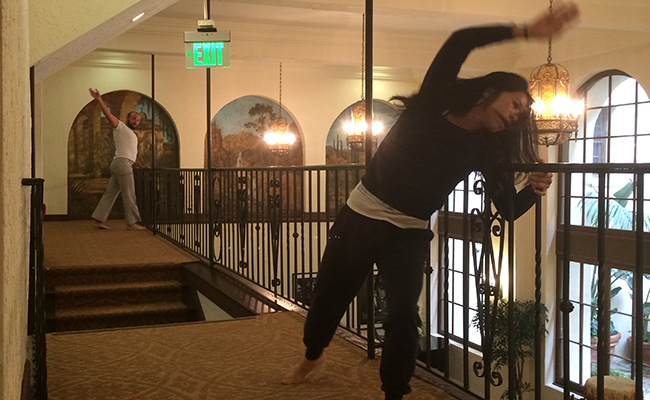
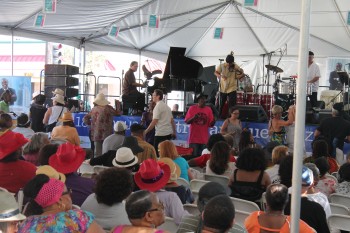
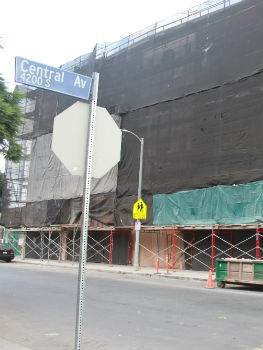
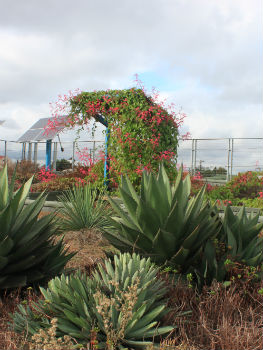
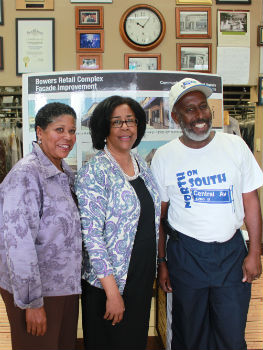
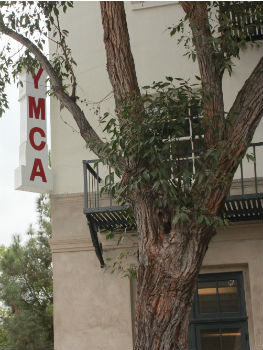
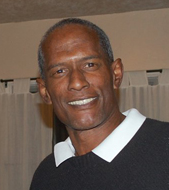 Editor’s Note: Walter Melton grew up in the Leimert Park. He is a columnist
Editor’s Note: Walter Melton grew up in the Leimert Park. He is a columnist 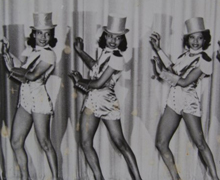 Walter’s mother Margaret is the middle dancer
Walter’s mother Margaret is the middle dancer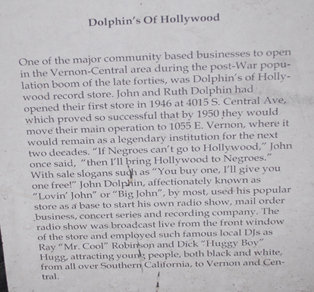
 On Monday, CD 9 Councilwoman Jan Perry joined community, government, and private partners at the historic hotel to break ground on the Dunbar Village project.
On Monday, CD 9 Councilwoman Jan Perry joined community, government, and private partners at the historic hotel to break ground on the Dunbar Village project.